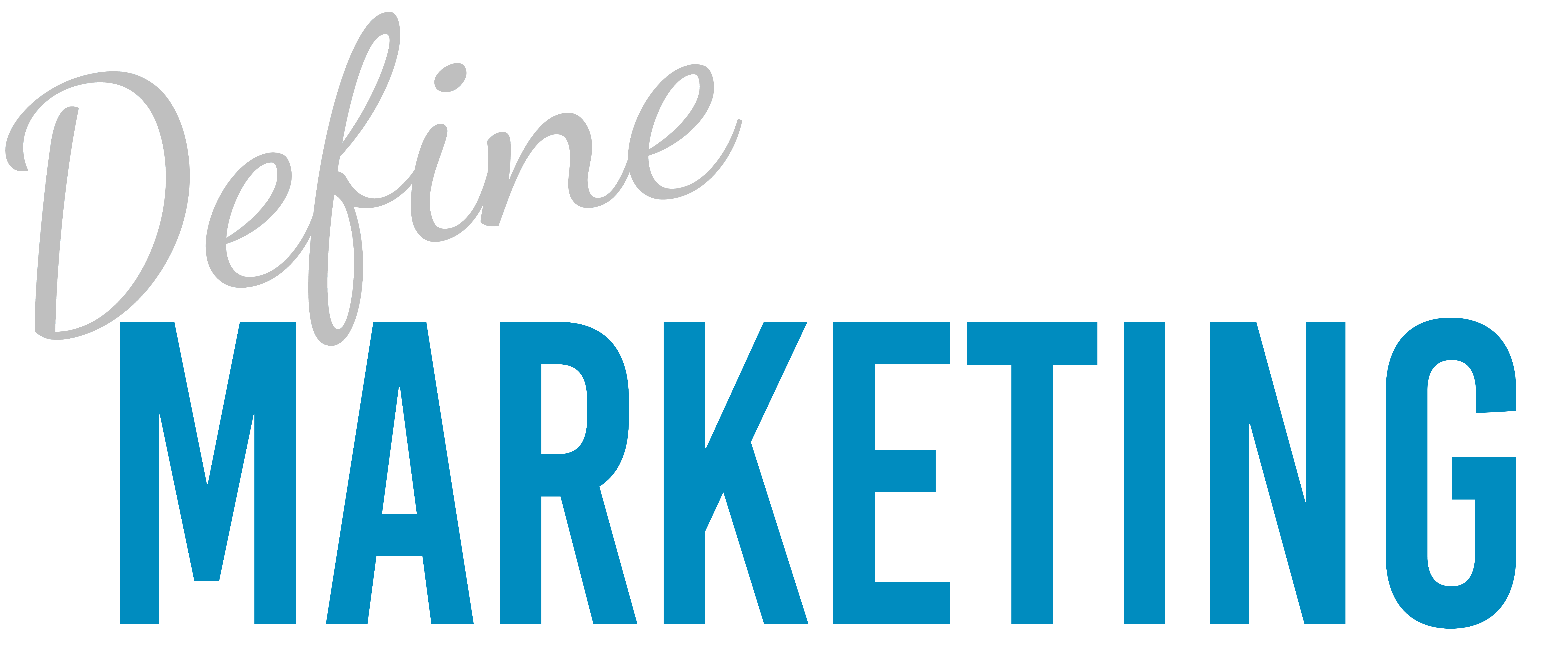Understanding the buyer’s journey is crucial for creating content that resonates with your audience at every stage—from awareness to consideration, decision, and beyond. Tailoring your content strategy to meet the needs and questions of potential customers as they progress towards a purchase can significantly improve engagement, conversion rates, and customer loyalty. This article delves into the strategies for developing compelling content that guides your audience through each phase of their journey, ensuring a seamless transition towards making a purchasing decision.
Awareness Stage: Educating Your Audience
At the awareness stage, potential customers are beginning to recognise their problems or needs. Content that educates and informs, such as blog posts, infographics, and social media updates, works best here. Focus on providing value and establishing your brand as a thought leader without pushing for a sale. Topics should address the initial concerns or questions your audience might have, helping them to understand their challenges better.
Consideration Stage: Offering Solutions
Once your audience recognises their problem, they move to the consideration stage, looking for options to solve it. Here, your content should present your products or services as solutions. Case studies, product comparison guides, webinars, and expert guides can be effective in showcasing the benefits and features of your offerings, making a case for why your solution is the best fit for their needs.
Decision Stage: Encouraging Action
In the decision stage, potential customers are ready to make a purchase but might need a final nudge. Content that instills confidence in your product or service, such as testimonials, product demos, and detailed product descriptions, can be pivotal. Exclusive offers or limited-time promotions can also encourage immediate action, turning consideration into conversion.
Retention Stage: Nurturing Post-Purchase Relationships
After a purchase, the journey isn’t over. Retaining customers and encouraging loyalty is crucial for long-term success. Email newsletters, loyalty programs, and how-to guides for products can keep your brand top of mind. This content should aim to enhance the customer experience, offer ongoing support, and foster a community around your brand.
Advocacy Stage: Empowering Brand Ambassadors
Satisfied customers can become your most vocal advocates. User-generated content, referral programs, and featuring customer stories are ways to encourage advocacy. Content that appreciates and engages with your brand advocates can help amplify your message and attract new customers through trusted recommendations.
Conclusion:
Creating content tailored to each stage of the buyer’s journey allows you to effectively guide potential customers towards making informed purchasing decisions. By addressing the specific needs and concerns at each phase, you can build stronger relationships, improve customer satisfaction, and increase loyalty. Implementing a content strategy that covers the entire journey ensures a cohesive and engaging experience that resonates with your audience every step of the way.
Next Steps:
- Map Out Your Buyer’s Journey: Identify the stages your customers go through and the questions they have at each step.
- Audit Your Existing Content: Evaluate whether your current content addresses the needs of your audience at each stage of the journey.
- Create or Update Content: Fill in the gaps in your content strategy to ensure coverage of every stage, focusing on the formats and topics that resonate most with your audience.
- Implement Feedback Loops: Collect and analyse feedback from your audience to refine and improve your content over time.
- Monitor and Adapt: Stay adaptable, updating your content strategy as market trends, and customer behaviours evolve.


